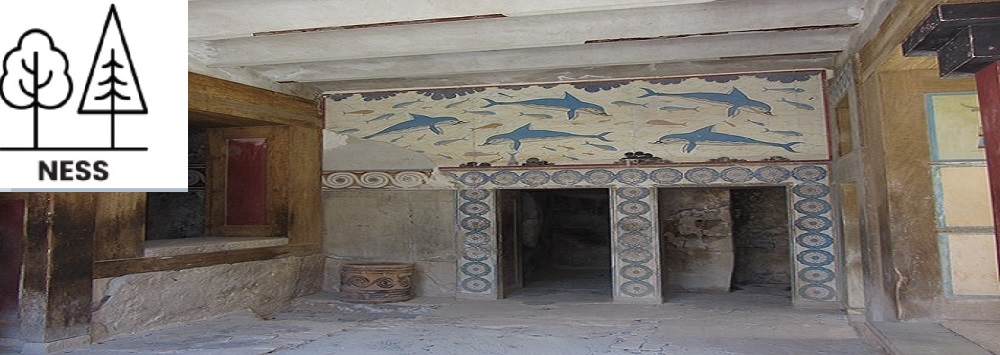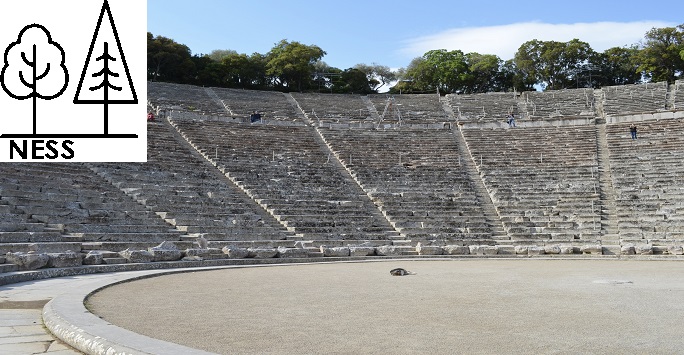Start Date
2 May, 2024
There will be 3 weekly meetings on Thursday, 2 - 4pm, starting from 2 May.
Overview
Colours were an important aspect of the lives of the people of the ancient Classical world. The bright colours which featured in the wall paintings and sculpture of the Prehistoric Aegean, Ancient Greece and Ancient Rome shed light on the appearance of the people, their clothing, and the environment they lived in. The source of the pigments used in the art and the dyes used for textiles will be discussed alongside whether they were locally available or imported, the latter increasing their value and prestige. The extent to which Greek sculptures were painted, together with the methods by which ancient colour can be detected when not visible to the naked eye, will be considered. The question of whether differences in the colours used to represent human skin reflected diversity in the societies of the ancient Classical world or were merely artistic conventions will also be discussed.
The course aims to enable participants to acquire an awareness of the role of colours in the art of the ancient Classical world, with consideration of both practical issues, such as the pigments used in wall paintings and the dyes for textiles, alongside theoretical issues such as whether the colours used in art can shed light on the diversity of societies.
No previous knowledge is required for this course, simply a wish to learn about the rich palette of colours available to the artists of the ancient Classical world, and the ways in which they were used to convey the different aspects of their societies.
Week 1
What do we mean by the ‘Ancient Classical World’?
How archaeology can provide information regarding the nature of the pigments used in wall paintings and the decoration of sculpture and pottery, and their sources, whether local or imported. Evidence for textile dyes and the significance of particular colours.
Week 2
Archaeological evidence for the use of colours in Greek stone sculpture, whether architectural, free-standing or relief.
Week 3
Colours and diversity in the art of the Ancient Classical World, including the use of colour conventions to indicate gender or age.
Please note that the ‘last date available to book’ date is only a guide. We reserve the right to close bookings earlier if courses are over- or under-subscribed. In order to avoid disappointment, please be sure enrol as soon as possible. Registrations will not be processed until the following day if received after 3pm.
Course Lecturer: Dr Gina Muskett
Gina Muskett has a long association with the University of Liverpool as a former lecturer in the department of Archaeology, Classics and Egyptology and at present is an Honorary Research Fellow in the department of History. She was also formerly Curator of Classical Antiquities at National Museums Liverpool, where, as an Honorary Research Associate, she continues to research the collections.
Gina is the author of several academic publications as well as writing for a more general market in both the UK and US. She is one of the contributors to ‘The History of Archaeology: an Introduction’, edited by Paul Bahn, which was Current Archaeology’s Book of the Year in 2015.
Courses fees: Full fee £45/Concession £23.
Back to: Continuing Education

